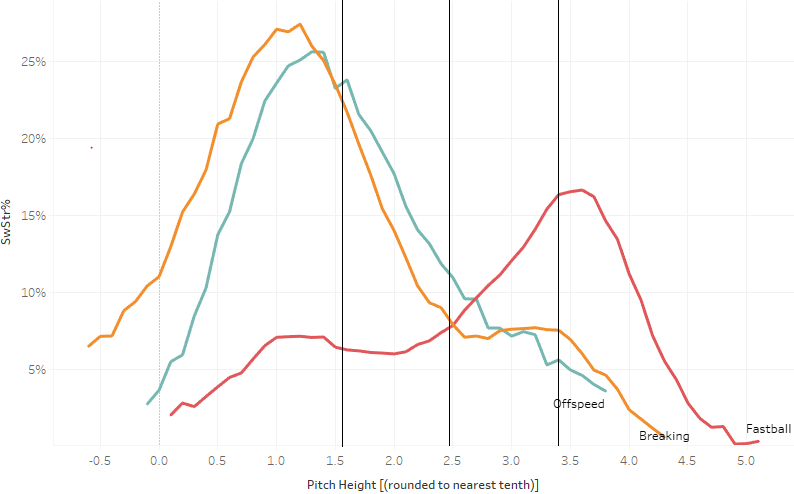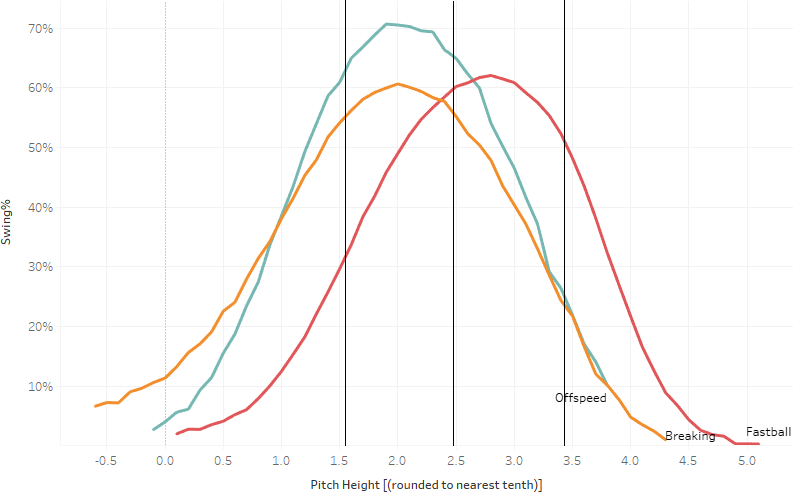Crowdsourcing MLB Radio Broadcasters, Part 3: The West
Over the course of this offseason, FanGraphs is compiling a crowdsourced ranking of our readers’ favorite broadcasts. Last month, we announced the results of the crowdsourced vote on TV broadcasts. Now we are once again asking for your help, this time for each team’s radio broadcast.
The radio broadcasts will follow the same general format as our earlier TV broadcast surveys. When you peruse the section for your team or teams of choice, you will find a link to a poll. That poll covers three categories, as well as an overall ranking. In addition, there is a separate space for any additional comments you would like to make. The eventual ranking of radio teams will
be quantitative, but I will include relevant comments from this section in my writing of those rankings.
The “Analysis” score covers the frequency and quality of a broadcast team’s discussion of baseball. Of note, this doesn’t mean sabermetric or statistical analysis, though some broadcast teams certainly excel in that area. Rather, it covers all the ways in which a broadcast team attempts to inform listeners about the players on the field and the game situation they find themselves in.
Is a color commentator particularly adept at breaking down a hitter’s adjustments? That’s excellent analysis. Does a broadcaster mention a player’s DRS, then use that number without context to explain why someone is a good or bad defender? That’s bad analysis, despite its use of advanced metrics. This category’s score should represent how much you feel you learn about baseball while you listen to the game. Read the rest of this entry »

 Dan Szymborski
Dan Szymborski
